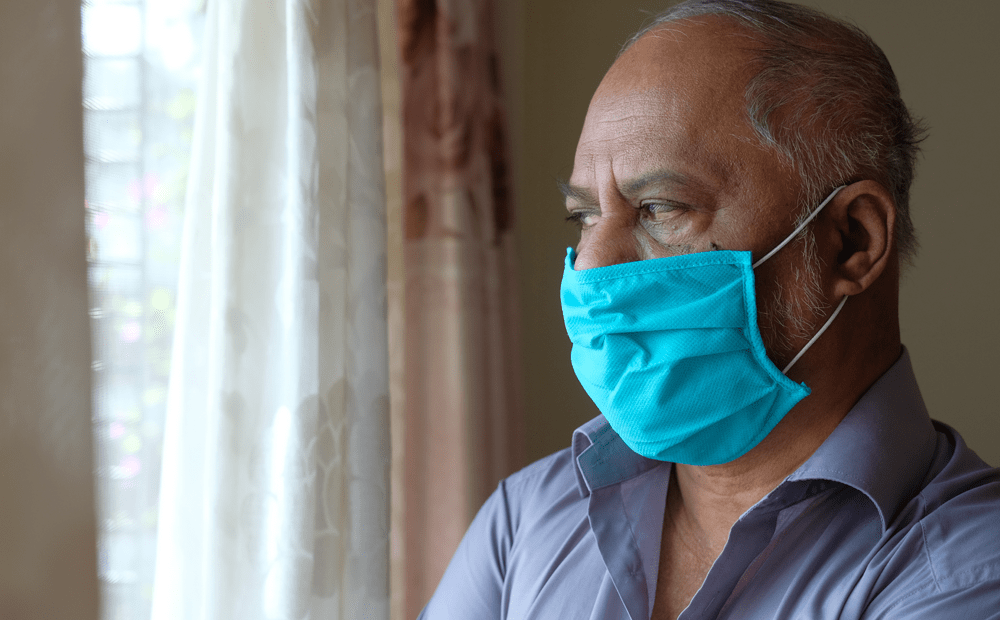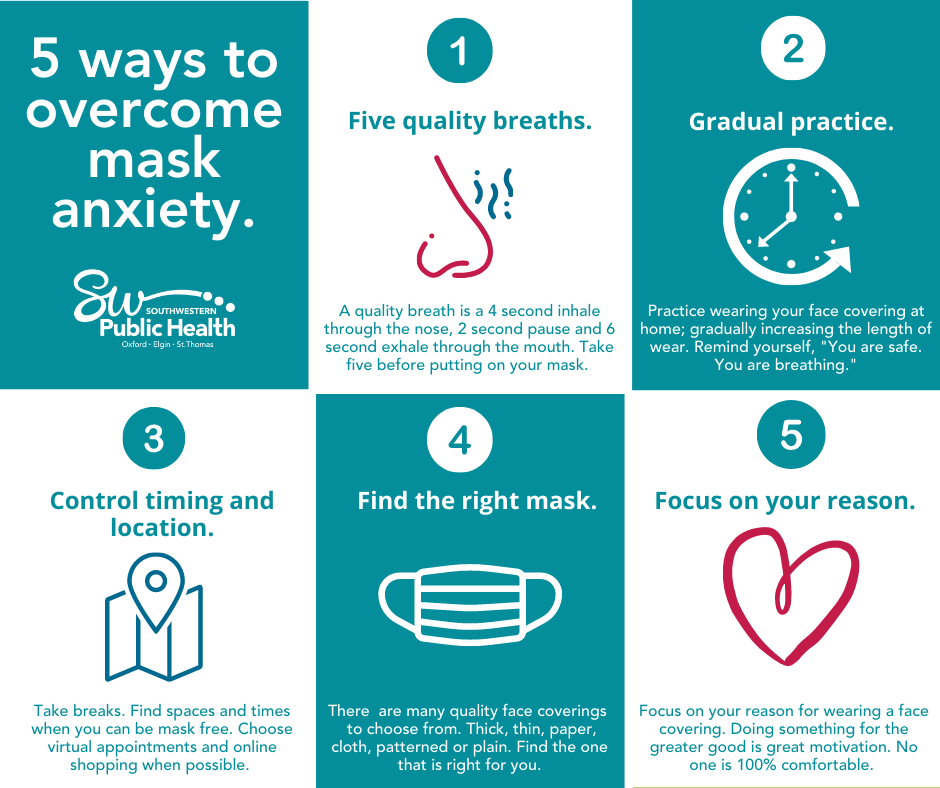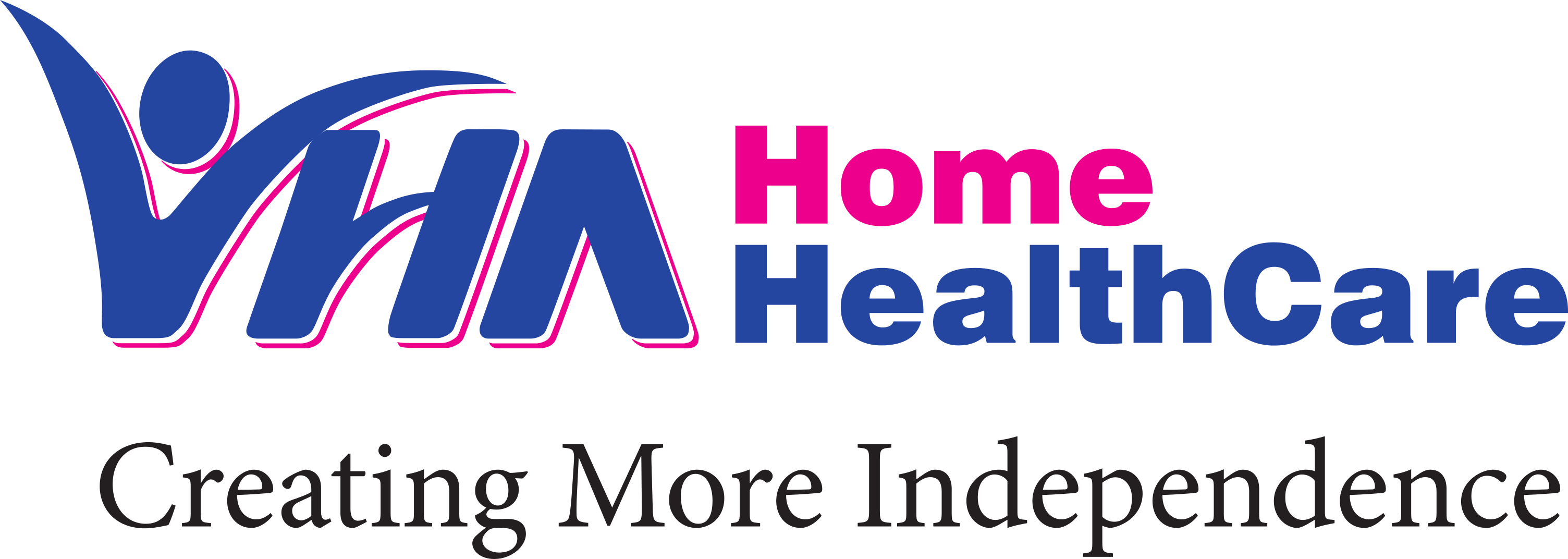A Review of VHA’s Current Mask Usage for Clients Information as of August 2020

As mandatory masking by-laws are now in effect for public indoor enclosed areas in many regions where we provide service, we understand some staff and service providers may request that clients wear a mask while providing care. VHA is supportive of staff and service providers who would like to ask clients and family members to wear masks if possible during visits.
If a client does not have a mask available, VHA has received many generous donations of cloth masks which staff and service providers can provide to clients.
The request to ask clients and family members to wear a mask is simply for added protection and to be abundantly cautious. The IPAC practices VHA has in place, including the personal protective equipment that our staff and service providers wear, offer adequate protection against transmission of COVID-19.
It is not mandatory for clients and family members to wear a mask and care will be provided whether a client chooses to wear a mask or not. It is also understood that some clients may not be able to wear a mask, such as individuals with medical conditions which make them unable to safely wear a mask, including breathing difficulties or cognitive difficulties, anyone who is unable to remove a mask without help, young children and anyone who is unconscious or incapacitated.
This applies to situations where clients and family have not screened positive for risk of COVID-19. If a client screens positive and an in-person visit is necessary at that time, service providers will provide a medical grade mask and the service provider will also wear their protective equipment for droplet/contact precautions.

Most Ontarians are not familiar with wearing a face covering, and they may cause feelings of anxiety and panic (including shortness of breath, which is a symptom of anxiety) in new wearers. The most effective treatment for anxiety is graded exposure.
